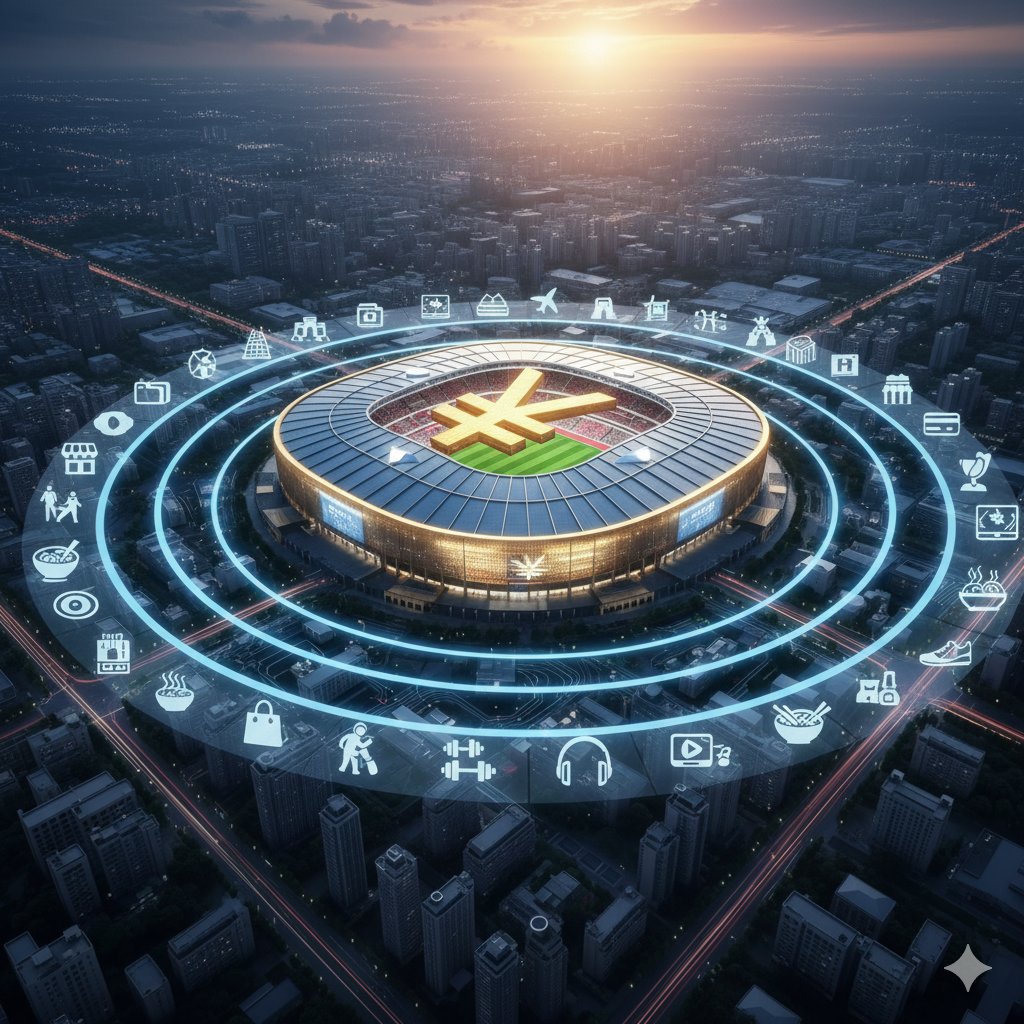Long term Investing Checklist 101:
1) Screening based on FUNDAMENTALS:
• Debt to Equity Ratio < 1
• 3 year average Revenue growth > 10%
• 3 year average Net profit growth > 15%
• 3 year average Return on Equity / ROCE > 20%
• Promoter Holding > 50%
1) Screening based on FUNDAMENTALS:
• Debt to Equity Ratio < 1
• 3 year average Revenue growth > 10%
• 3 year average Net profit growth > 15%
• 3 year average Return on Equity / ROCE > 20%
• Promoter Holding > 50%
2) Business Model:
• What is the nature of the product a company sells or services it offers?
• How the company makes a profit from its operations?
• Does the product or service exist or has a potential to exist even after 50 years?
• What is the nature of the product a company sells or services it offers?
• How the company makes a profit from its operations?
• Does the product or service exist or has a potential to exist even after 50 years?
3) COMPETITIVE ADVANTAGE:
• Does the company have a sustainable competitive advantage in respect of cost structure, brand reorganization, product quality, distribution network etc.
• Are there any entry barriers?
• Does the company have a sustainable competitive advantage in respect of cost structure, brand reorganization, product quality, distribution network etc.
• Are there any entry barriers?
4) Management Intention Check:
• The educational background of the key management personnel.
• Whether the management promotes the business in an open, transparent and flexible way?
• Notice Body language and the tone of the management (visit AGMs or attend con-calls).
• The educational background of the key management personnel.
• Whether the management promotes the business in an open, transparent and flexible way?
• Notice Body language and the tone of the management (visit AGMs or attend con-calls).
• • •
Missing some Tweet in this thread? You can try to
force a refresh










